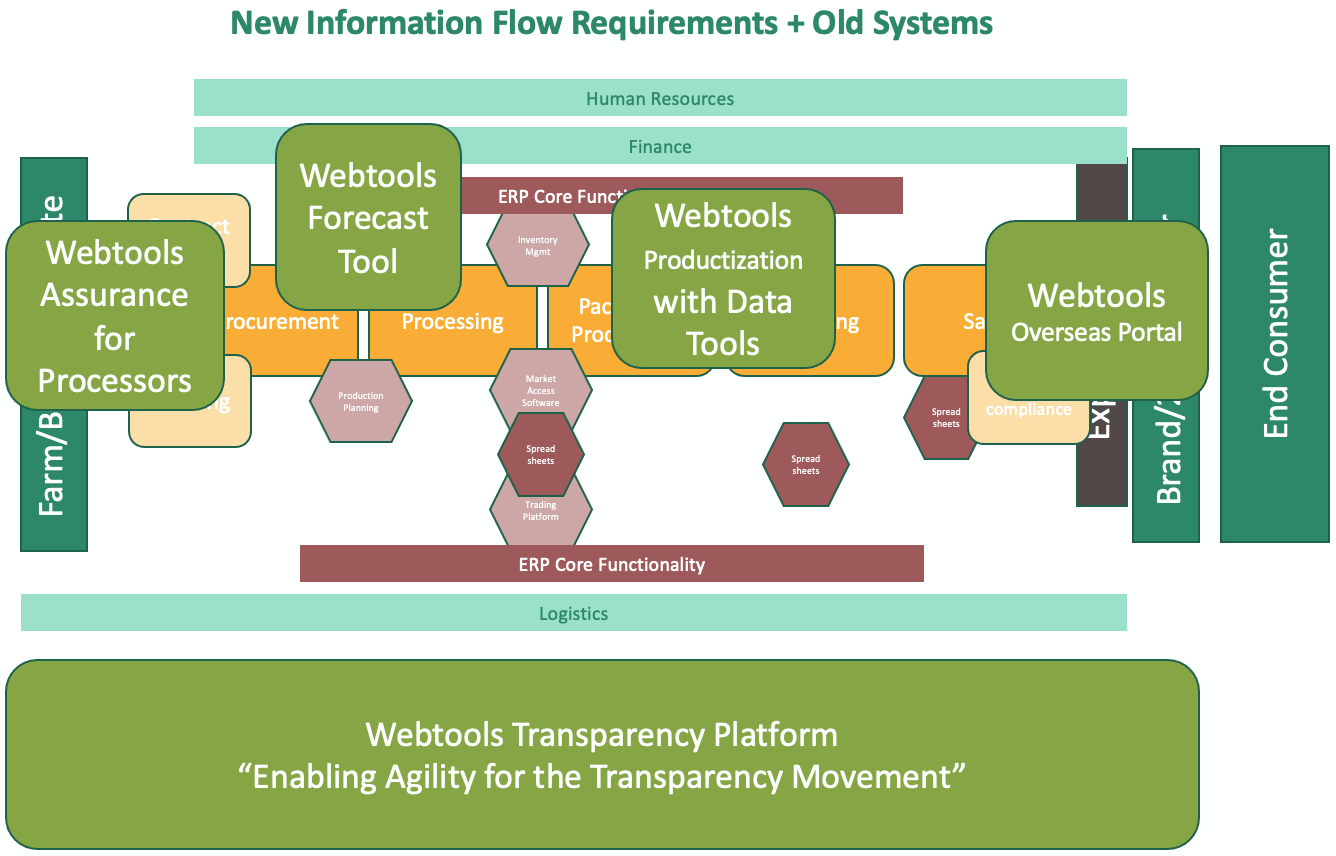ERP Decision time?
How to prepare for the future, avoid getting fired, but allow for rapid iteration.
It is inevitable at one point or another for a company to realize that spreadsheets are not scalable. As a result, someone will be tasked with going through a procurement process to bring in the system of all systems to digitize and move the company forward.
Nobody ever got fired for implementing best of breed… but maybe they should have. - Melissa Baer
In fact, some people make a career of going from one company to another. Procuring expensive systems, only to leave the company two years later and in a position to deal with the realities of what was true in the market two years ago.
We are in innovative times. To expect that a full end-to-end ERP solution will address all a company’s needs is both naïve and short sighted. Gone are the days that you could spend a few million dollars (or even 100 million) and expect to get the payback of usability over its lifetime. With the pace of technology innovation, these notions are outdated at best.
Taking Larry Kealey’s approach on introducing innovation into the core function and capability of a company is crucial. Here is a video presentation Kealey did for Te Hono , where he discusses the proprietary technology that powers one of the world’s biggest companies and the number of solutions that power the outcome. Kealey also talks through the ethic that technology should enable an outcome and is no longer a barrier to entry or a point of difference. It is the platform that a point of difference is built upon and enabled through.

The truth is that the world will look quite different in two years than it does today. Maybe even one year at the rate we are going.
So, if you are going to select some technology, you also have to consider the costs of replacing it and the cost of asking it to do a whole new set of requirements that you can’t yet foresee…. but which are inevitable. - Melissa Baer
Let us do a bit of a comparison of the pros and cons and outcomes of deciding on ERP transformation vs specialist ERP and a unique combination of Saas solutions and platforms.
At the outset, a full transformation seems like an obvious choice, until you’ve either done one or start to unpick the outcomes you are after and whether this outcome will give you what you want.
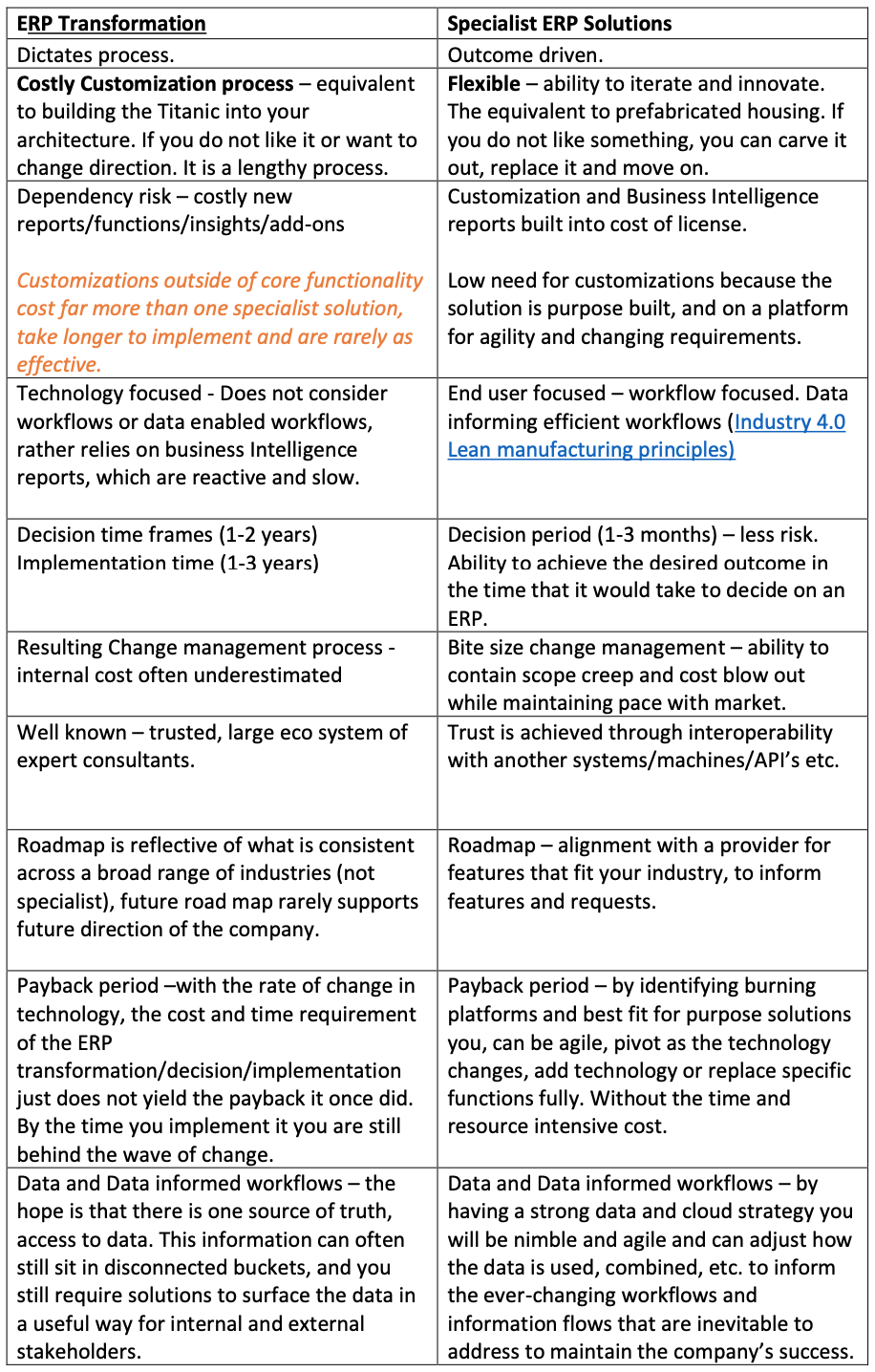
If you can find a platform company with the ability to deliver agile functionality and a roadmap that matches your companies aims and goals, you will reduce:
- decision time – time to decision will equal time to delivery and operational.
- dependency risk – ability to pull out and replace in a cost-effective manner.
- risk of not innovating due to your technology dictating process.
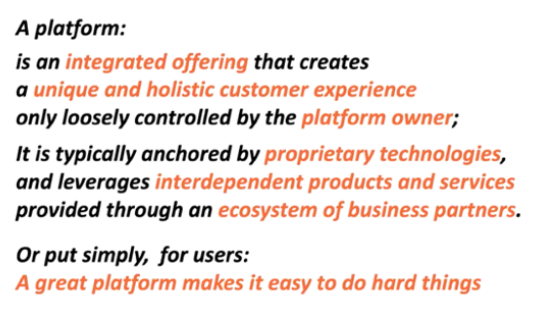
Webtools Agritech – Transparency Platform
The evolution of data use in the agriculture industry and food has meant that it has gone from linear reactive information flows to circular and proactive (or at the very least much more responsive) information flows, powering day-to-day decisions. Webtools’ transparency platform powers specialist solutions that work with existing legacy systems and delivers value on efficiency, decision time frames, usability, accuracy of data, etc. Webtools’ platform also prepares the organization for the future of commercialisation of data.
Information flows of the past
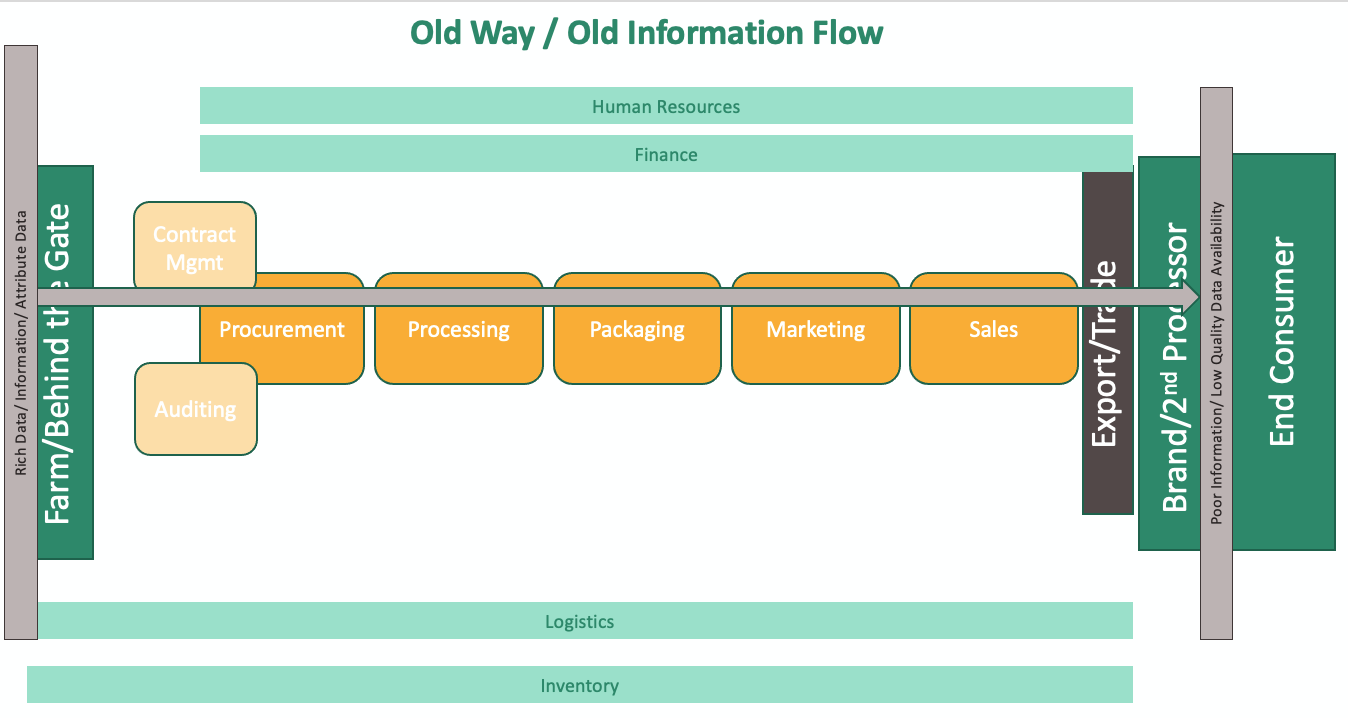
For the most part, communication of information has travelled from the gate to the port, and as technology was adopted it was done in linear fashion. The truth is that how information is required to flow now is much more circular, but still operating on this linear architecture. This has resulted in inefficiencies, inaccuracies and more “spreadsheet jockeying”, which causes delayed information, high potential for inaccuracy and human error, and not at all scalable.
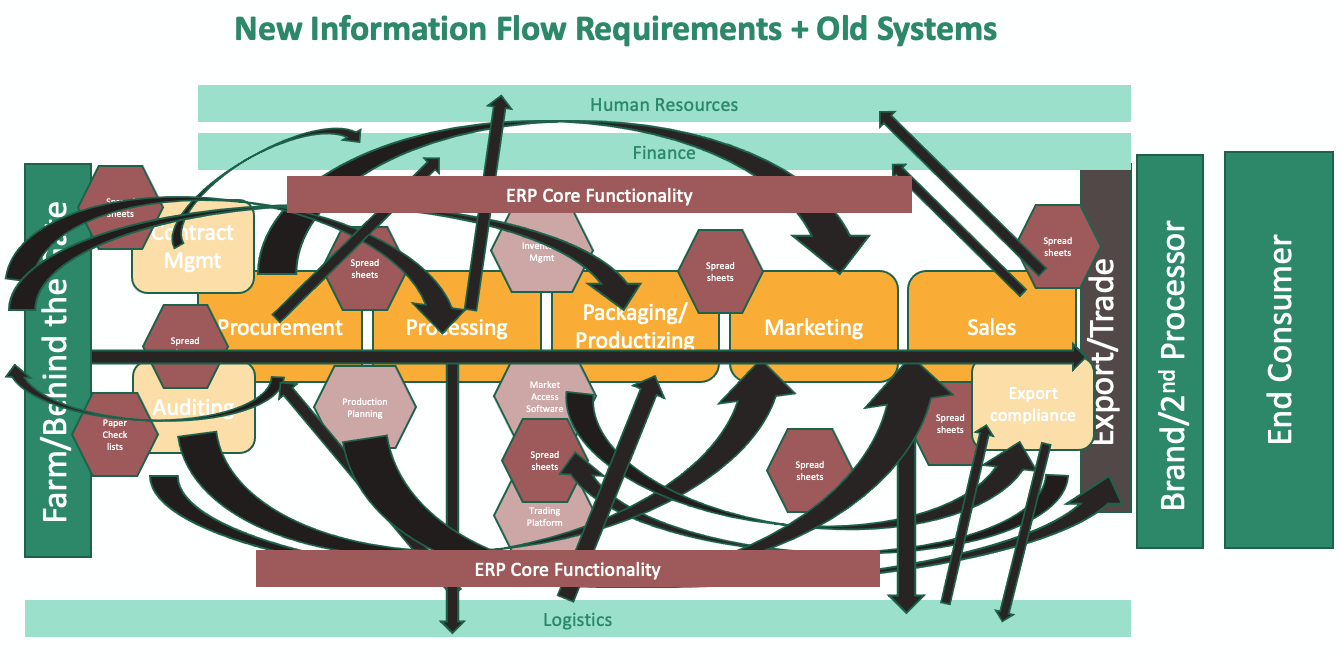
With a specialist platform and lightweight solutions, the users and workflow are taken into consideration, and begins to address a complex information flow requirement without the need to add more people, more spreadsheets, or a system customization.
By working with best of breed and existing solutions, a platform + solution company has the flexibility to work with the pace, budget, and requirements of the company.
A platform allows for a completely open API (application programming interfaces) approach to working with existing infrastructure and legacy technology. There is no need for a full overhaul, just address the burning platforms as they can be addressed and achieve rapid and measurable increases in key objectives.
